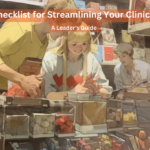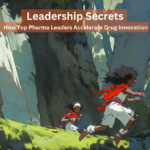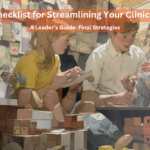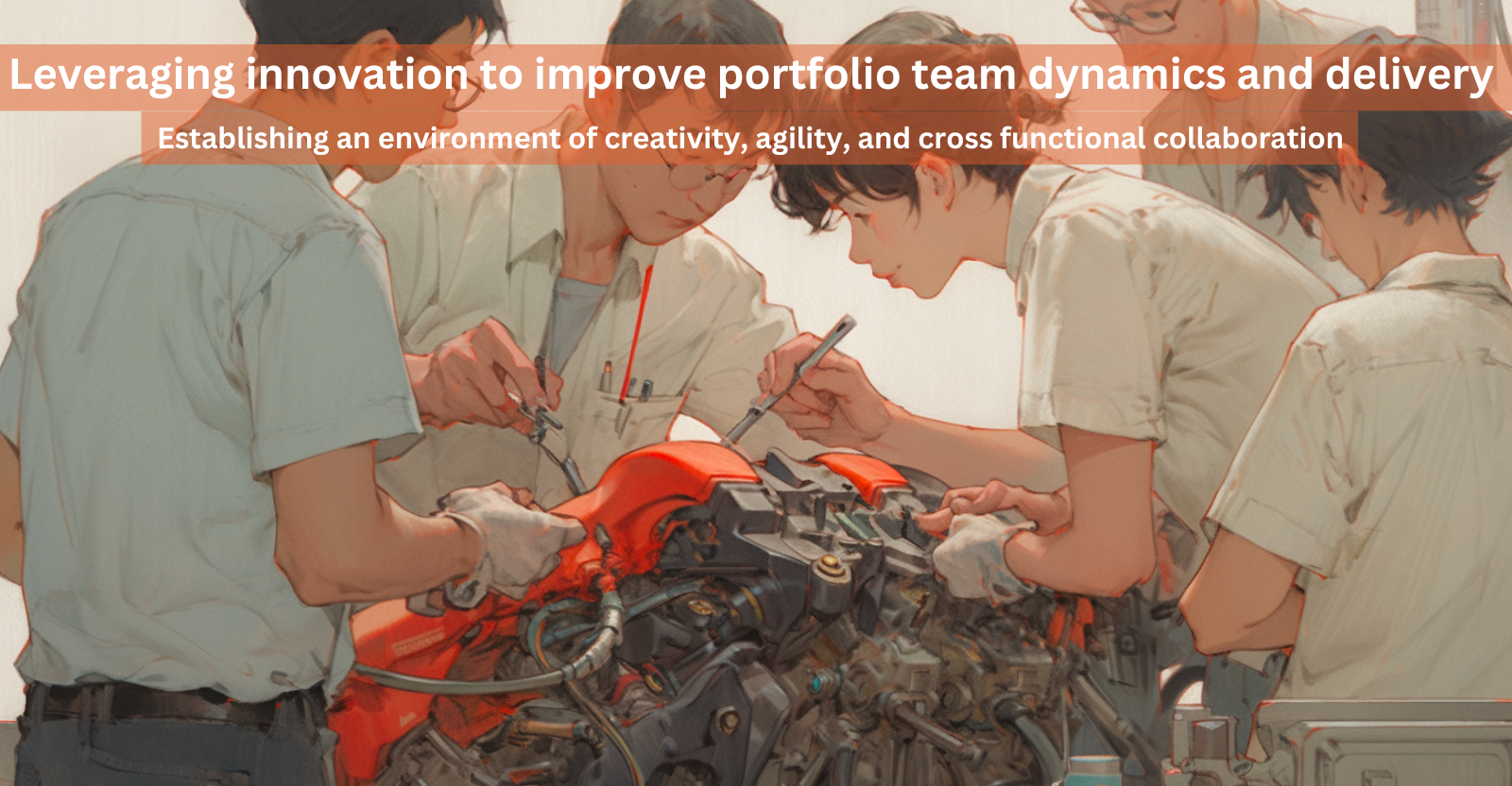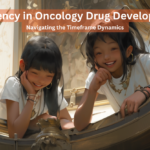Pharma leaders are beginning to realize that they need to have the capability to analyze and extract insights from real world patient data to stay competitive. Big tech is already making headway into disrupting parts of pharma, primarily by being able to leverage data for making the healthcare experience more adapted to new consumers of healthcare services.
In the tech world, the stakes are typically lower than in pharma. Meaning that software bugs and crashes are typically just an annoyance. Whereas, if a drug does the wrong thing, it can cost human lives.
Most software development today is done in iterative cycles and tested frequently on the market with enhancements and improvements rolled out fairly quickly afterwards. Software is usually released frequently and generally shaped by feedback from customers and stakeholders. Big tech is able to accomplish quick cycles by being hyper-focused on their customers’ feedback and making small improvements to their software over time. Although the stakes in pharma can be higher, Big pharma should adopt that same agility if it expects to repel any competition from Big tech.
So, how can Big pharma leverage the same iterative, quick product development for its product, especially around therapies for rare disease? With over 10,000 rare diseases, there is very little research collectively around rare diseases. This distribution of knowledge is not centrally managed or accessible in an easy way. A successful future state for Big pharma would be to make the data accessible so that smart (and capable) people in pharma can analyze it and make decisions that would ultimately lead to therapies.
Strategically, Big pharma sees an largely untapped opportunity in rare disease. However, rare diseases is different than developing blockbuster drugs that serve large populations. Specifically, Big pharma not have the infrastructure to produce therapies across the small patient bases in a way that will produce the ROI that it has seen in the past. As a weak fist attempt, pharmaceutical companies are attempting to develop therapies for rare diseases with uncertainty because of incomplete and inaccessible data in it old model of drug development.
There clearly must be a more thoughtful approach. Much like the oil industry’s innovation to make shale oil profitable, Big Pharma has to learn to move quickly through its typically long development cycle.

How do they do it? Work more like Big Tech
Leveraging the RWD that they have, Big phama’s only real option is to move quickly towards a product with some uncertainty baked in. However, the stakes are high in drug development! The dangers could be detrimental (or worse) for patients. So, how should they limit the risk?
Iterative development that Big Tech uses for software development can be applied in drug development, but in a more cautious way. Rather than get approval to deploy their product to the market at the end of a trial period, pharmaceutical companies should apply clinical trials in smaller, more frequent global batches. Thus, they learn and fail as quickly as they can. The objective with frequent smaller trials is to gather data on patient experience and be willing to adjust their initial assumptions on outcomes and patient needs.
To ensure that pharmaceutical companies are meeting quality standards, drugs should not be set to launch until several iterations of pre-launch development have already taken place. Furthermore, post-launch, pharmaceutical companies should continue to iterate based on feedback from its patient support initiatives. Which, in addition, must capture RWD to continue development after launch based on outcomes and patient experience.
As drug developers think about patient outcomes, interestingly, patients often have a different perspective of good outcomes than drug developers might initially think. Biomarkers of rare diseases, just as any disease, may often become part of a patient’s identity.
In one case, partial blindness became a part of patients’ identity, and, therefore, the patients did not want therapy to “cure” the partial blindness. This came as a shock to product development at the end of the development cycle. In this case, the sponsor could have saved a tremendous amount of time and money had they been engaged with patients and worked iteratively. To develop in a way that aligns with patients’ idea of a good outcome, pharma companies must truly put patients at the center of drug development. Up till now, patient centricity has been mostly a buzz word.
To get into specifics or designing for iterative drug development, feel free to contact us anytime to discuss.


